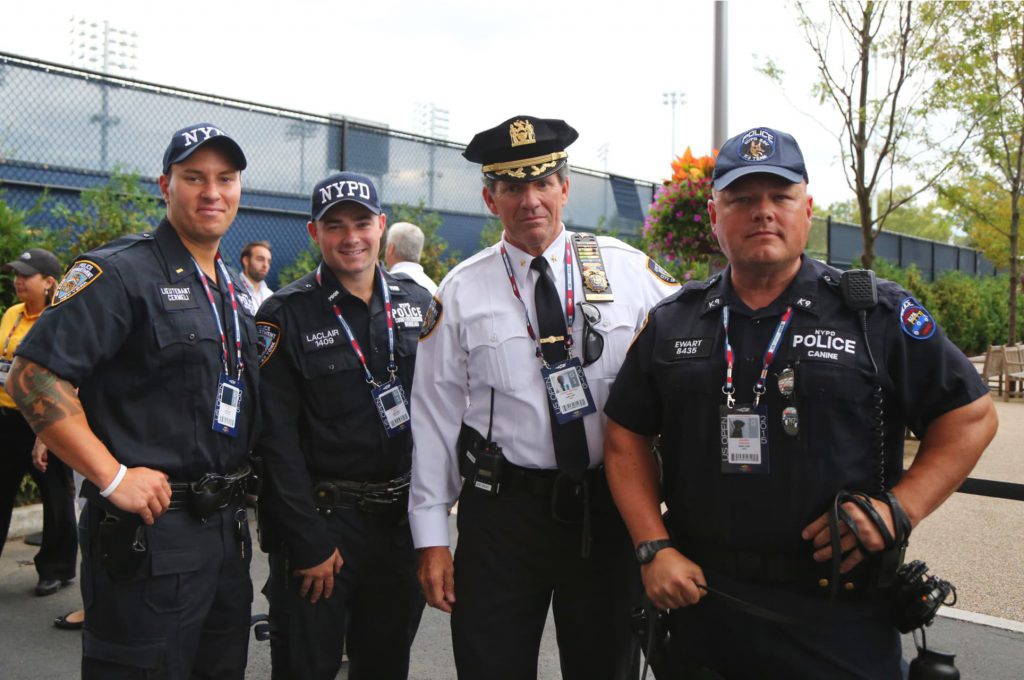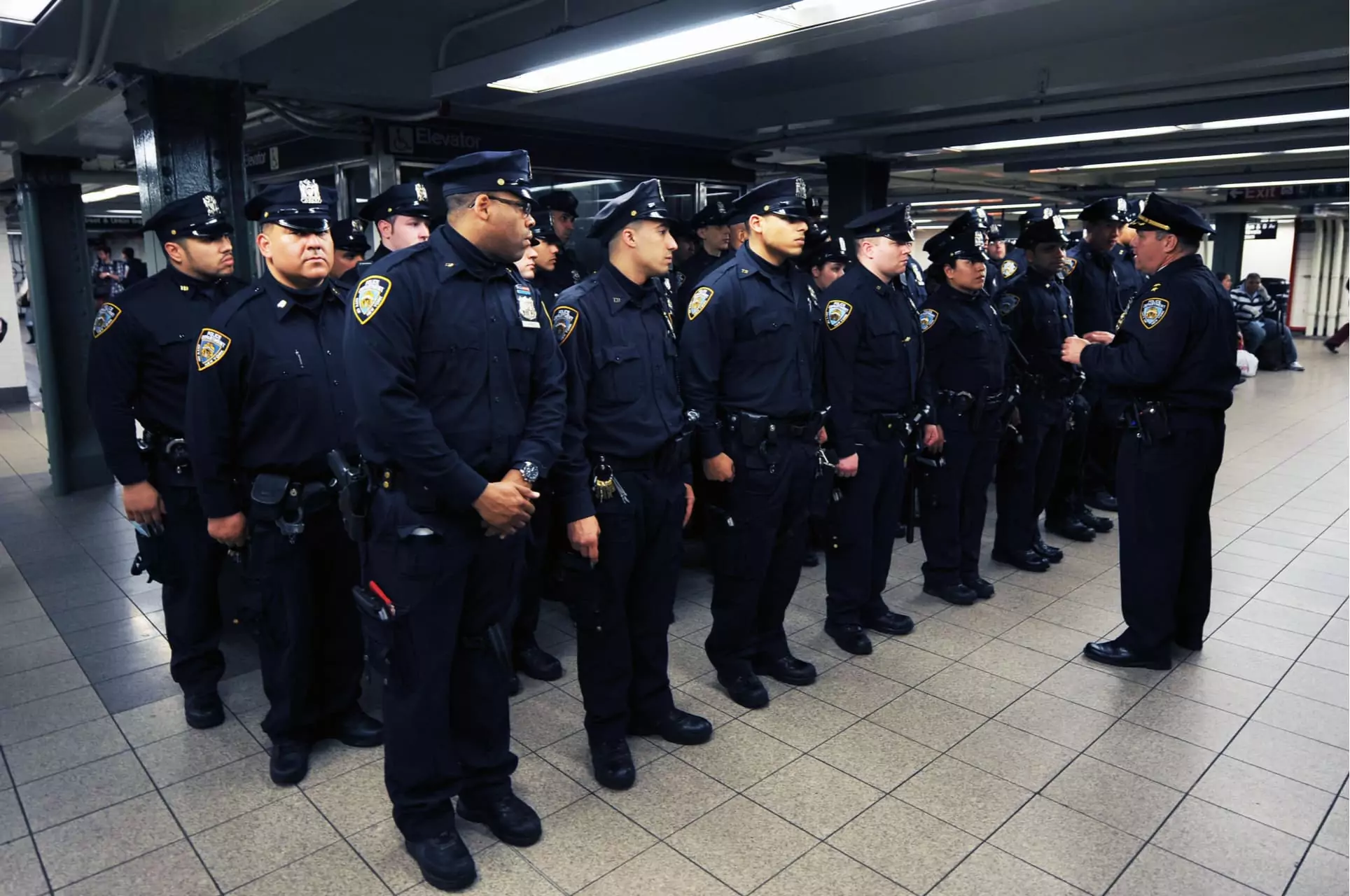The past few years have really demonstrated that we’re living in a world that is changing faster than ever before. But how is law enforcement learning to adapt?
For police officers, 2020 was particularly challenging: with the BLM protests and calls to defund the police arising in the midst of a global pandemic, departments across the country had to re-evaluate their relationship with their communities and look for a constructive way forward.
In times like these, officers look to senior leadership for support and direction. And as the pressure has increased, law enforcement departments across America have risen to the challenges, working to inspire and motivate their officers while rebuilding community relations, trust and support.
THE BIGGEST CHALLENGES LEADERS CURRENTLY FACE
While departments across the country are facing a number of challenges, there are five high-priority areas that law enforcement leaders are currently contending with:
Policy – The George Floyd protests of the past year made policing policies a topic of public interest and intense debate. While the most recent focus has been on the use of force, transparency of law enforcement operations and anti-discrimination rules, all internal policies have come under close scrutiny. Leaders are expected to adapt to the times and demonstrate transparency and open communication when creating and implementing policies.
Discipline – Along with policy reform comes an increased expectation of accountability, particularly in cases when officers act contrary to departmental rules or break the law. The public is demanding a clear picture of how departments police their own officers, and what procedures are being upheld in cases of malfeasance.
Stability – In a time when some groups have been vocal in their criticism of law enforcement, it falls to leadership to maintain the morale and stability of their department. This can be especially challenging in departments where senior leadership changes frequently. Internal training and mentorship programs are essential to keep morale up and maintain a smooth and consistent chain of command.
Training – Just as policy reform advocates were calling for increased police training, particularly in areas such as use of force, many of these sessions were being canceled due to COVID-19 lockdown restrictions. On top of this, the challenges of adopting new technologies and coping with a surge of new recruits have placed more of a burden on officer training programs than ever before. Leaders have had to manage a higher demand for training just as it became harder to provide it.
Recruitment and Retention – Many departments saw a marked increase in officers leaving their departments in the last year. This was generally related to either the pandemic or the pressures of handling numerous anti-law enforcement protests. While this was particularly severe in bigger cities, it was notable across the country. Law enforcement leaders are always looking for ways to retain good people, but finding new recruits while simultaneously maintaining the morale of current officers has become a particular priority over the past year.
EFFECTIVE LEADERSHIP STYLES
No two leaders are the same, we all know this from our own experiences. However, we tend to find some commonalities in the approaches of highly effective leaders in law enforcement. Some of the broader styles preferred by these leaders include Authoritarian, Transactional and Transformational.

An Authoritarian leader is very strict, straightforward and rules-based. Think of a more military-styled approach. The biggest advantage of the Authoritarian leader is that they tend to be very clear in their policies. Everyone working for them knows where they stand, what they condone, and what they expect of the people under them. The downside is that younger officers tend to respond less positively to this style of leadership.
Transactional leadership relies less on the personal inspiration of the Authoritarian leader and instead rewards or punishes its subordinates based on their performance. In other words, the motivation is less ‘do it because I say so’ or ‘do it because it’s right’, so much as ‘do it because there’s something in it for you’. Many businesses run on Transactional leadership, offering bonuses or other rewards in exchange for good results.
A Transformational leader has a people-centered approach, getting their hands dirty and working directly with their subordinates in order to empower and motivate them. The Transformational leader places a high emphasis on communication and collaboration, inviting discussion and criticism during decision making in order to give subordinates a sense of ownership over policy.
TOMORROW’S LEADERS
With many law enforcement leaders either leaving the force or taking early retirement over the past year, the issue of the next generation of leaders has become ever more relevant. Where is the next generation of leaders coming from, and who is taking charge of their development? The Final Report of the President’s Task Force on 21st Century Policing, which was published in 2015, suggests that “The U.S. Department of Justice should develop, in partnership with institutions of higher education, a national postgraduate institute of policing for senior executives with a standardized curriculum preparing them to lead agencies in the 21st century.”

However, the reality of the situation is that tomorrow’s leaders are likely already working in departments around the country, being formed by the actions and policies of their current leaders and fellow officers. This puts the responsibility squarely on the shoulders of the leadership to both identify and develop potential future leaders from their current staff. In developing future leaders, there are four key points that should be considered:
Mentoring and Modelling – Essentially the same thing, mentoring generally refers to a one-on-one approach while modeling is a more general example of the same thing. In short, leaders need to ‘walk the walk’ and serve as an ideal example of what they expect from those following them.
Clear Goals – All subordinates need to be given clear annual or quarterly goals. Ideally, these goals should cover a range of areas, from on-the-job performance, to professional development and education, to personal growth. For those identified as potential leaders, their goals should include elements that provide a possible pathway into a leadership role.
Individualization – Every officer is subject to department-wide policies and mandates. However, when it comes to professional development, potential leaders benefit from as individualized an approach as possible. Potential leaders have less of a tendency to shine in a ‘one size fits all’ environment, so they should be encouraged to develop their own vision and actively engage with current leadership when it comes to setting routines and procedures.
Followership – A good leader is also a good follower. Current leadership needs to show that they’re just as willing to follow their own superiors as they are to command their subordinates. An unwillingness to do so is the quickest way for current leaders to undermine their own authority and chain of command.

